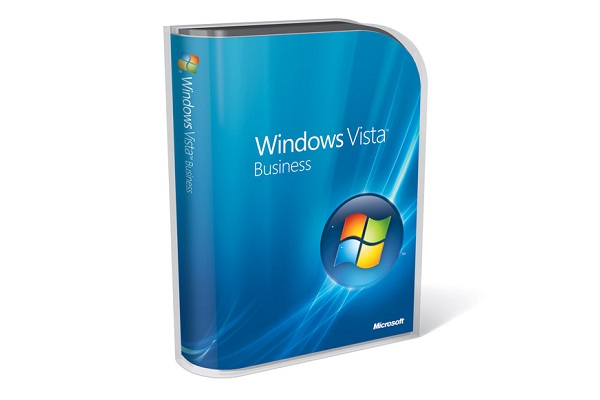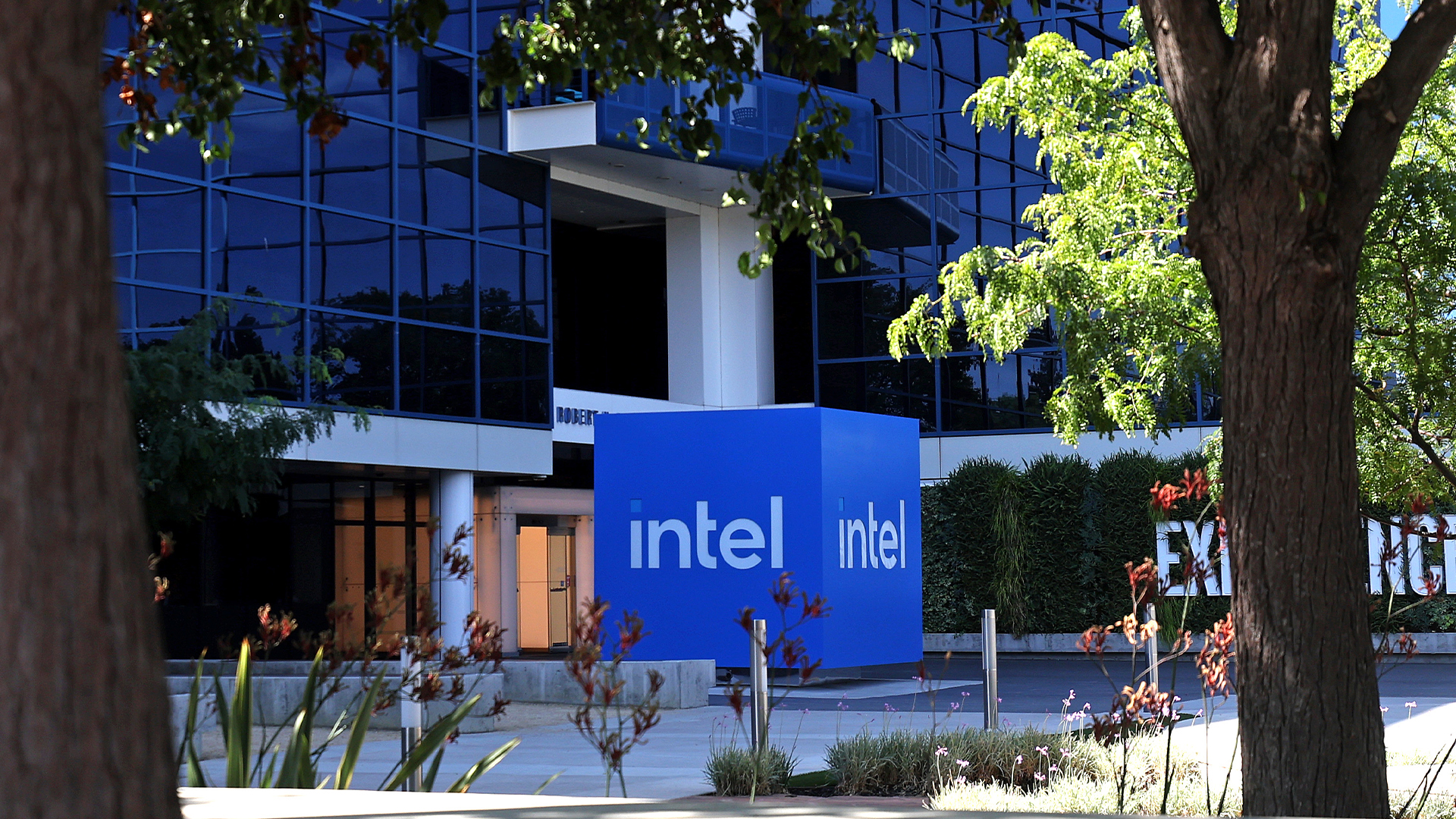Microsoft Windows Vista review
Window's XP's replacement is finally here. We delve deep into the new OS to see if it's worth upgrading?

It's by no means perfect, but the improved security, search and look-and-feel make Vista an obvious upgrade for anyone whose hardware will support it. But only if you can afford the high price.
Networking boost
The networking stack has had a massive overhaul, principally to improve security and reliability. It's also introduced native support for Internet Protocol 6, important for the future, but of limited use right now.
The new Network and Sharing Center handily gathers together most of the common settings, and should make less technical users more comfortable. Connecting to a new wired or wireless network is much simpler, with informative dialogs quickly guiding you through the process.
The new Windows Meeting Space application is a kind of wireless ad hoc virtual-conferencing application, allowing participants to share documents as "handouts", see each other's Desktop, and even assume control of another participant's system if the need arises. The idea isn't to provide a remote teleconferencing system but for a supplemental, shared resource to augment physical meetings and reduce the need to swap USB sticks at the end of presentations. Meeting Space is included in all versions of Vista, but Home Basic only allows you to join existing meetings, not organise them.
Power management and mobile features
Power management has received a major overhaul. For a start, advanced power settings now give greater granularity, so you can tweak everything from wireless adapter settings to maximum processor states. Both AMD's Cool'n'Quiet and Intel Enhanced SpeedStep should work without extra drivers too.
The power-saving states of Windows XP (Standby and Hibernate) have nominally been merged into one Sleep state. By default, desktop PCs will go into a standby state after 20 minutes. Notebooks will initially go into this state, but if they're unused for longer, they'll go into Hibernate to save more power.
With luck, the company that you're buying your Vista PC from will have tested all this. However, if you're installing Vista yourself, there's no guarantee that all your hardware will play nicely when it comes to flipping through these power states. Expect to do some manual adjustment.
Another oddity is that the default "off" button in the Start menu is actually mapped to Sleep, which may cause some confusion. (If you're interested in the history, visit www.pcpro.co.uk/links/149_vista3.)
Power management isn't the only enhancement for notebook users. Commonly used mobile settings are grouped together in the new Mobility Center, including sound, power management and, where supported, screen brightness. There's also a Presentation mode that allows you to change a number of settings in a single hit - switch to a more professional Desktop backdrop and lower resolution to suit a projector, for example.
One notable change for users of Windows Mobile devices is that ActiveSync isn't compatible with Windows Vista. Instead, there's the Mobile Device Center - not actually included in the default installation, but available to download in a beta form. It will also be pushed out via Windows Update when finished. Even now, it's a big improvement over ActiveSync, offering clearer support for importing pictures and other data from mobile devices. It also copes with multiple devices more effectively.
Get the ITPro daily newsletter
Sign up today and you will receive a free copy of our Future Focus 2025 report - the leading guidance on AI, cybersecurity and other IT challenges as per 700+ senior executives
-
 Healthcare organizations are turning a blind eye to phishing attacks
Healthcare organizations are turning a blind eye to phishing attacksNews A survey reveals that most attacks go unreported, putting patient data at risk
By Emma Woollacott Published
-
 Datatonic expands global services with Syntio acquisition
Datatonic expands global services with Syntio acquisitionNews The move marks a “key step” in Datatonic’s efforts to expand its global reach and service capabilities
By Daniel Todd Published
-
 Intel layoffs confirmed as CEO eyes 'sustainable growth'
Intel layoffs confirmed as CEO eyes 'sustainable growth'Intel’s new CEO Lip-Bu Tan has confirmed the company will be cutting its headcount in response to sluggish revenue.
By Jane McCallion Published